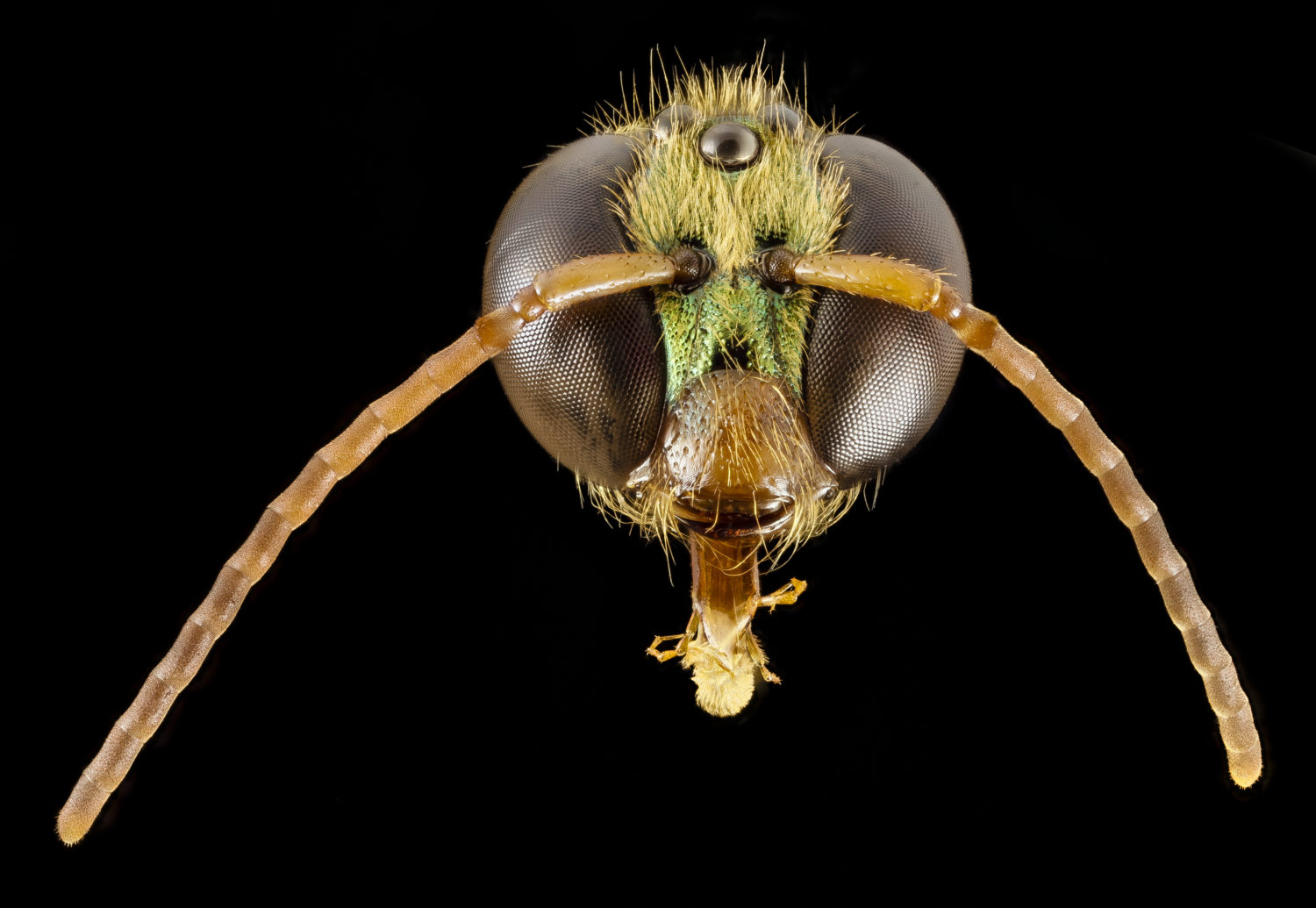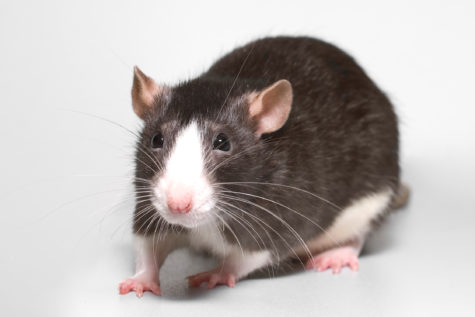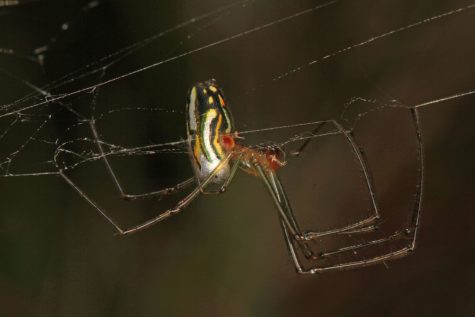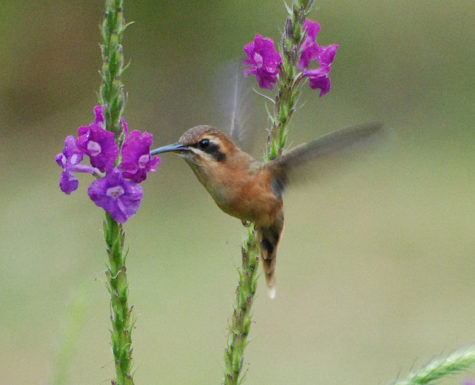 A few months ago I found myself south of the border working on a story for Scientific American about the glories of really small brains. When I say south of the border, I mean south of the Mexican border and when I say small brains I mean really really small brains. Like those of a wasp whose whole body is smaller than a single-celled paramecium.
A few months ago I found myself south of the border working on a story for Scientific American about the glories of really small brains. When I say south of the border, I mean south of the Mexican border and when I say small brains I mean really really small brains. Like those of a wasp whose whole body is smaller than a single-celled paramecium.
Just let that thought tumble around in your head for a second.
Kind of amazing right? I also learned about two relatively similar species of spider who are so different in size, putting them next to each other would be like a normal man standing next to a giant 250 miles tall.
Tumble that one for a second too. It’s okay, I’ll wait.
My guides in this amazing world of miniaturization were William Wcislo and William Eberhard* at the Smithsonian Tropical Research Institute in Panama City. Both are excellent scientists and their facilities were second to none (Wcislo got money from a Silicon Valley entrepreneur to do some truly cutting edge science involving photons and bee navigation).
Which, I have to say, kind of surprised me. After all, when I think about the words “tropical” and research” I think of either some northern researcher venturing into the jungle for a few weeks or a second rate facility neglected by a corrupt government. I couldn’t have been more wrong and the Williams were more than happy to set me straight.
Wcislo, a behaviorist by training, came to Panama in the late nineties to study how honeybees are able to navigate under a full moon. He quickly realized that the jungles of the south held a treasure trove of research subjects.
“More people should work in the tropics,” he says, “you can always find wild animals. No need to keep them in the lab.”
Research on live animals, sad though it may be for some of us, is and always has been crucial to the pursuit of science. But interestingly, those animals aren’t very diverse. Do you know how scientists know so much about medicine? Because of rats. You know where we learn about genetics? Fruit flies. Want to understand basic neuroscience? Go look at a C. elegans roundworm.

These so called model organisms are the backbone of science and the foundation for most of what we know about the living world. And yet they weren’t chosen because they are the perfect models for brains or genes, it was because they won’t die easily.
“There is a danger in using model organism,” says Eberhard. “Many scientists spend a lot of time raising lab subjects and only studying animals that are easy to raise.”
Northern scientists have become paralyzed by the need to have easy-to-get subjects that won’t die off in the winter. So they have become masters of the genetics of fruit flies that are now far different from their wild cousins.
And what if C. elegans neurons aren’t so typical after all? What if rat physiology is totally different than human in some key way to one’s project? Then the work is useless – a problem that constantly plagues basic biology research.
 This is why Wsiclo and Eberhard don’t just work in Panama but are based there. With a verdant, evergreen jungle out their backyard, finding research animals is easy – you just go out and get them.
This is why Wsiclo and Eberhard don’t just work in Panama but are based there. With a verdant, evergreen jungle out their backyard, finding research animals is easy – you just go out and get them.
Interested in muscle structure around the brain? Collect a few hooded beetles from the forest. Want to understand how brain size affects behavior? Get a swath of local orb web spiders. Don’t worry, there’s plenty to choose from and they’ll be there all year long.

The stunning diversity of life out their back door has allowed Wsiclo and Eberhard to ask fascinating, sweeping questions that aren’t limited by species. For instance, they’ve found that a spider 600,000 times smaller than another makes the same number of mistakes while weaving a webs as a larger spider. Meanwhile, their students have been able to apply their ideas to to vertebrates and have uncovered some interesting oddities with hummingbird brains.
There are some things for which it’s good to have a model organism – a single species that has been studied enough to fill a library of papers and bred to the point where you know exactly what you are getting. But the best science isn’t about answering questions about roundworms, it’s about understanding how the wider world operates. And for that you need diversity.
Walking out of the institute, not for the first time in my career, my head was spinning and my mind was blown. As I listened to the insects emerge around me after a passing storm, I thought about all the things that might be going on in their tiny heads. I wondered how a critter that weighs five micrograms (or five thousandths of a milligram) even has a brain at all. I thought about spiders that have transferred part of their brains into their legs because they ran out of room in their skulls.
But one question kept popping up. Looking over a forest of more research subjects than an army of scientists would ever need, I wondered why more scientists aren’t based in the tropics.
* Some of my original titles were “Where There Are Wills, There Are Ways” “Williams Conquering” and “When the Bills Come Due.” This is why I am not paid to write titles.